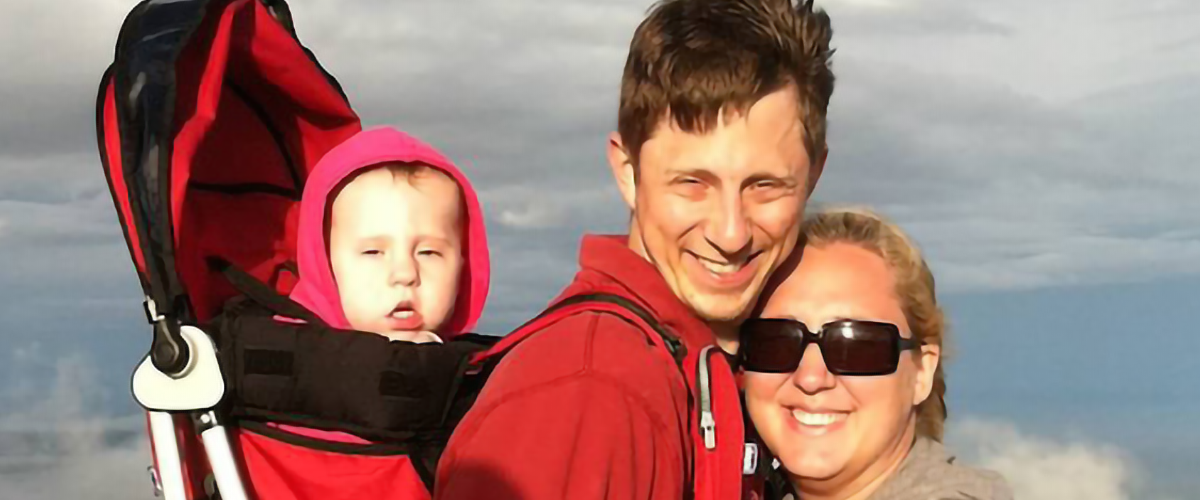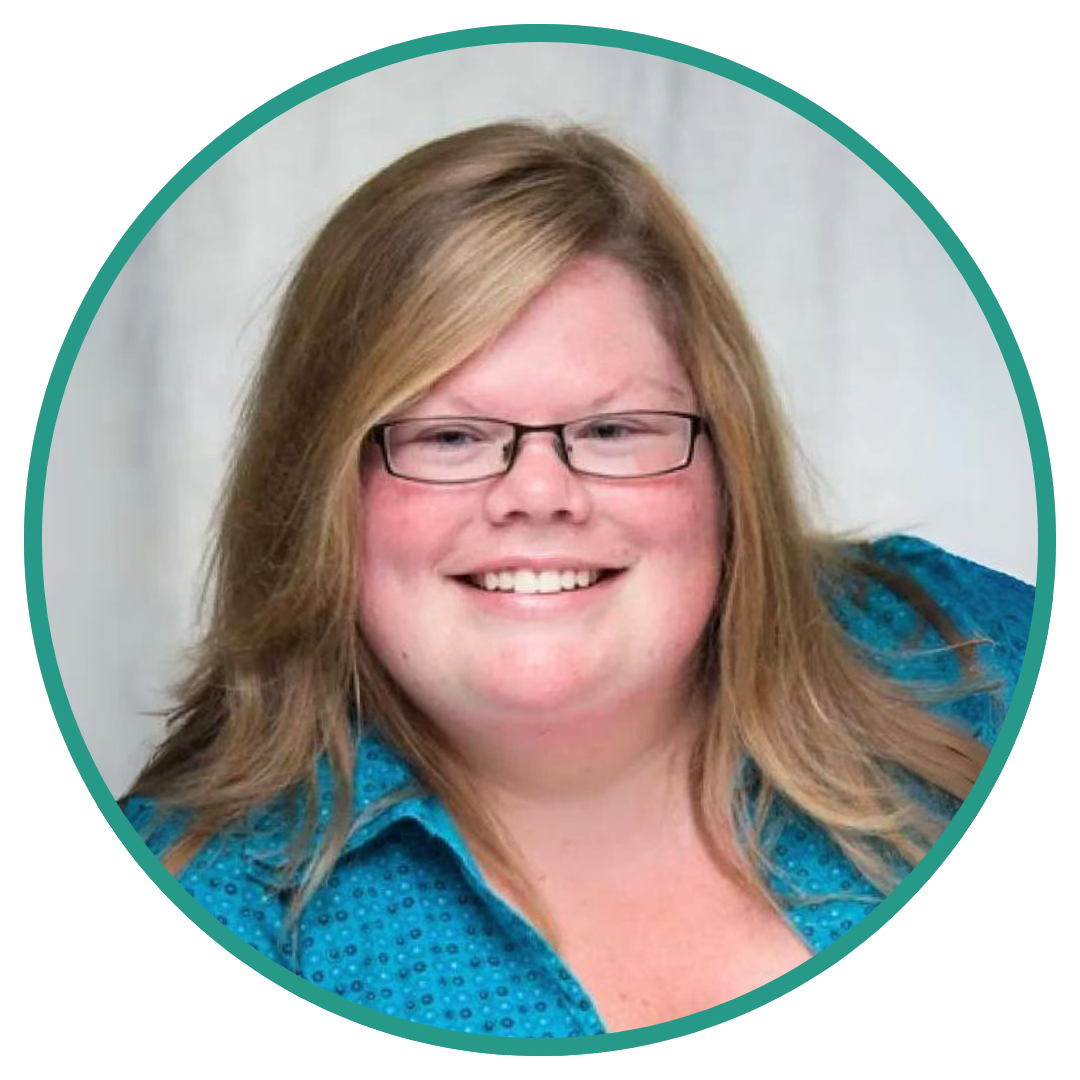The Myotonic Dystrophy Foundation is excited to introduce Understanding Myotonic Dystrophy, a new series of short educational animations designed to educate people living with myotonic dystrophy (DM) and their healthcare providers!
Our first animation “Understanding Myotonic Dystrophy – The Basics” is a broad introduction to myotonic dystrophy to help increase awareness and understanding.
We are sincerely thankful to all physicians, care providers, and patients for their help providing suggestions, opinions, and input regarding content and design throughout this process. Please let us know what topics you would like us to cover in a future animation. https://forms.gle/DnF1T46cqa1P1w4ZA
Learn more about myotonic dystrophy (DM), explore resources, and find support at https://www.myotonic.org/
---------
Imagine waking up one day and realising your muscles don’t work quite the way they used to. This could be the first sign of Myotonic Dystrophy, or DM.
Myotonic dystrophy is an inherited disease and a type of muscular dystrophy that frequently causes prolonged muscle contractions and muscle weakness. It can impact everyday activities.
Myotonic dystrophy is caused by an expanded repeat in the DNA that is translated into RNA, which then forms hairpin like structures and traps important proteins.
It comes in two forms: Type 1 and Type 2. Type 1 is the most common. It is caused by an expansion in the DMPK gene. Type 2 is caused by an expansion in the CNBP gene.
The symptoms of myotonic dystrophy can vary a lot. The body systems affected, the severity of symptoms, and the age of onset varies greatly between individuals, even within the same family.
As many as 1 in 2,100 or over 3 million individuals worldwide are affected by the disease. It impacts people of all ages, ethnicities, and backgrounds.
Living with myotonic dystrophy means managing symptoms through a combination of clinical care, medications, and/or lifestyle changes. Your doctor will connect you to specialists and work with you and your care team to develop a personalized treatment plan.
If you or someone you love has been diagnosed with myotonic dystrophy, remember, you are not alone. Support groups and resources are available to provide guidance and community connections.





